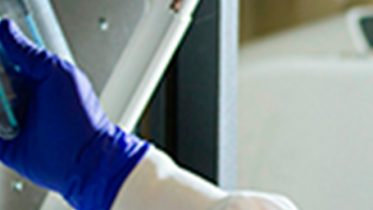BRPTO’s new Biotech guidelines
- 10 June 2015
- Articles
Following a public consultation and an analysis carried out by the Brazilian Patents and Trademarks Office’s (BRPTO) Attorneys, on March 17, 2015, resolution nº 144/2015 was published on Industrial Property Gazette nº 2306. Said resolution stablishes a new guideline for examination of applications in biotechnology area. According to the BRPTO, the approval of the Guidelines aims at uniformity and predictability in the examination of Biotech cases.
Several topics are discussed in this document, including virus protection, Markush formulas in biotech, biological homology and identity, nucleotide and amino acid sequences, “reach-through” claims, as well as non-statutory subject matter, among other subjects.
One of the most relevant point of the new Guidelines is that virus start being considered as biological material (capable of proceeding direct or indirect self-replication) instead of being considered as a chemical compound, as it used to be. Therefore, from now on, a virus should comply with all the provisions valid for biological materials, including the deposit of the material in a biological depository center (in case it is the only possible way of describing such material).
The Guidelines also recognize the possibility of acceptance of a Markush formula comprising a basic sequence that is replaced with one or more variable substructures, which are accompanied by a list of definitions of said substructures.
Regarding % of homology and % of identity, BRPTO only confirmed their former procedure, i.e., such wording is NOT acceptable in the claims. If fact, in order to attend clarity purposes, BRPTO states that both nucleotide and amino acid sequences should be characterized by its SEQ ID (or in case it is not possible to describe the sequence, by the accession number of the deposit of the biological material). Therefore, general wording, such as in the following examples “% of identity”, “protein characterized by consisting in the aminoacid sequence codified by the nucleotidic sequence SEQ ID 2” and “DNA sequence characterized by codifying a polypeptide” will continue to be objected by BRPTO as lacking clarity.
Additionally, the current understanding of “reach-through” claims is that it usually do not comply with clarity, precision or sufficiency of disclosure requirements and, therefore, contravenes BR IPLaw. In this sense, for example, a first claim like “process for identifying a agonist/antagonist of polypeptide X characterized by comprising (a) contacting said polypeptide with a compound to be tracked; and (b) determining if the compound affects the activity of said polynucleotide” could be accepted, but a second claim like “An agonist/antagonist characterized by being the polypeptide X as identified by the process defined in claim 1” would probably NOT be accepted by allegedly lack of enablement.
Finally, BRPTO remains understanding that biological materials isolated from nature, like extracts, even when synthetically produced (if identical to the natural occurrence one) are not considered invention.
These are just general highlights of some trendy topics and I will be more than pleased to further discuss these or any other Brazilian biotech prosecution topics during BIO Philadelphia, that I will be attending on June 15-18, 2015. Feel free to contact us!
Connect to our music









